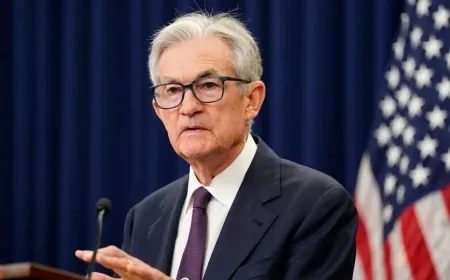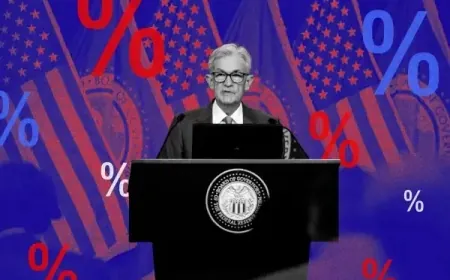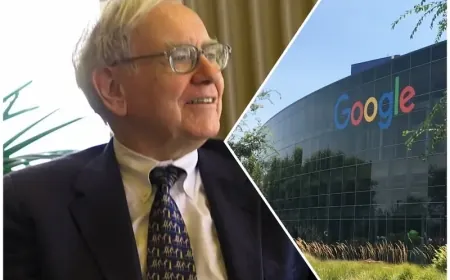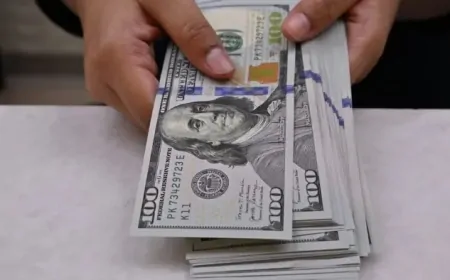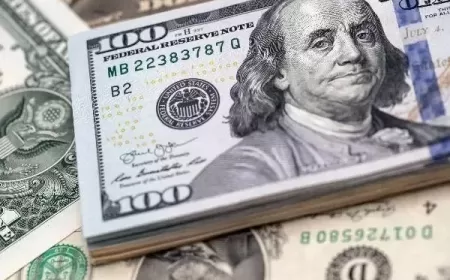Federal Reserve Plans First Interest Rate Cut of 2025
Federal Reserve to cut interest rates by 0.25% in 2025 as U.S. job growth slows and inflation remains above target.
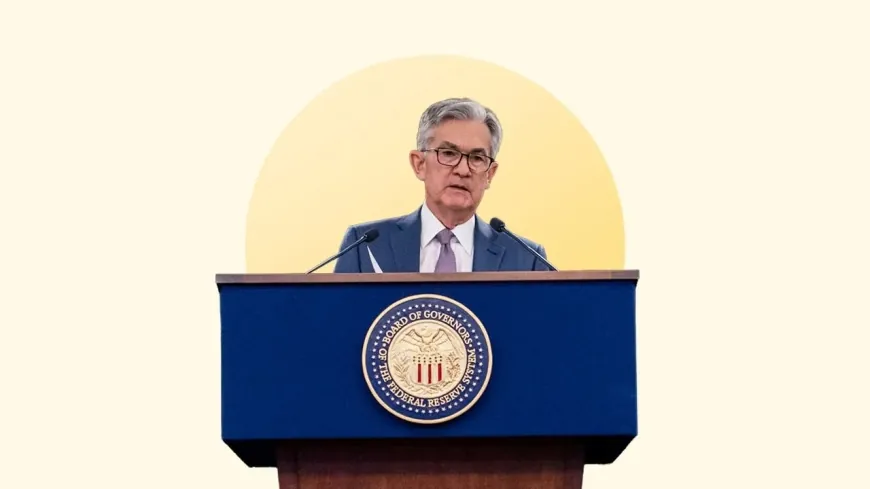
Key Takeaways
- The Federal Reserve plans to cut its benchmark interest rate by 0.25% on Wednesday, its first cut of 2025.
- U.S. job growth slowed, with only 22,000 payrolls added in August and unemployment rising to 4.3%.
- Core inflation remains elevated at 3.1%, above the Fed’s 2% target.
- The Fed’s dot plot from June indicated officials expected two rate cuts in 2025, though some economists predict three.
- The rate cut is likely to influence borrowing costs, investment flows, and expectations for economic growth.
The Federal Reserve is set to reduce its benchmark interest rate by 0.25 percentage points on Wednesday, marking its first cut of 2025. Policymakers face the challenge of balancing persistent inflation with signs of a weakening labor market.
Recent data highlight the slowdown in the U.S. economy. Payrolls grew by just 22,000 jobs in August, and the unemployment rate ticked up to 4.3%, the highest level since early 2024. June’s employment figures were revised downward to a loss of 13,000 jobs, while July saw below-trend growth, signaling three consecutive months of slower labor expansion.
Inflation remains above the Federal Reserve’s 2% target. Core consumer prices, which exclude volatile food and energy items, rose 3.1% in August, unchanged from July. Economists note that while inflation has moderated from previous highs, it continues to limit the central bank’s flexibility in cutting rates aggressively.
The Fed’s quarterly projections, known as the “dot plot,” indicated in June that officials expected two rate cuts in 2025. Market observers are now watching closely to see if the Fed adjusts this guidance in response to slower job growth and broader economic uncertainty. Deutsche Bank chief U.S. economist Matthew Luzzetti anticipates three cuts this year, citing rising downside risks to employment while inflation pressures remain moderate.
However, not all policymakers agree on the pace of easing. Wilmer Stith, a bond portfolio manager, predicts a cautious approach. “Financial conditions are still solid, and while job growth is slowing, inflation remains above target,” he said. “The Fed may move gradually rather than implementing multiple cuts at once.”
Recent labor market trends add complexity to the Fed’s decision. The three-month streak of weak job gains, combined with modest increases in unemployment, suggests the central bank must carefully weigh its next moves. At the same time, indicators such as consumer spending, business investment, and wage growth will play a critical role in shaping policy in the coming months.
Wednesday’s rate decision will give a clearer picture of how the Federal Reserve plans to adjust policy for the rest of 2025. The move could affect mortgage and loan rates, influence investment flows in equities and bonds, and provide signals to businesses about borrowing costs and growth expectations.
Also Read: Fed Rate Cut May Not Lower Mortgage Rates as 6.58% Becomes the New Benchmark
